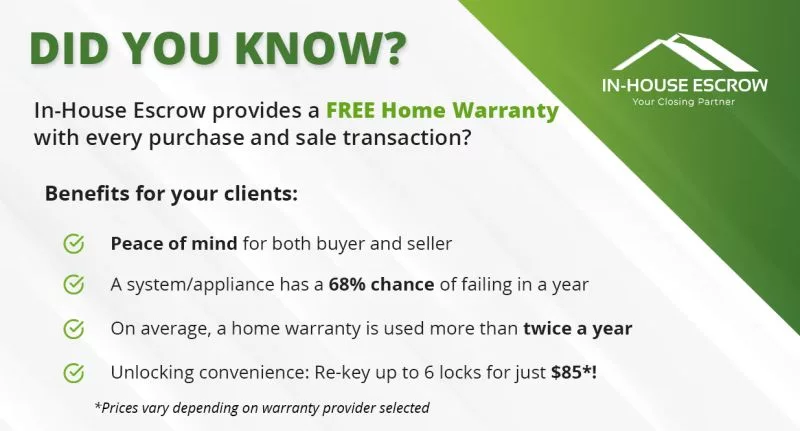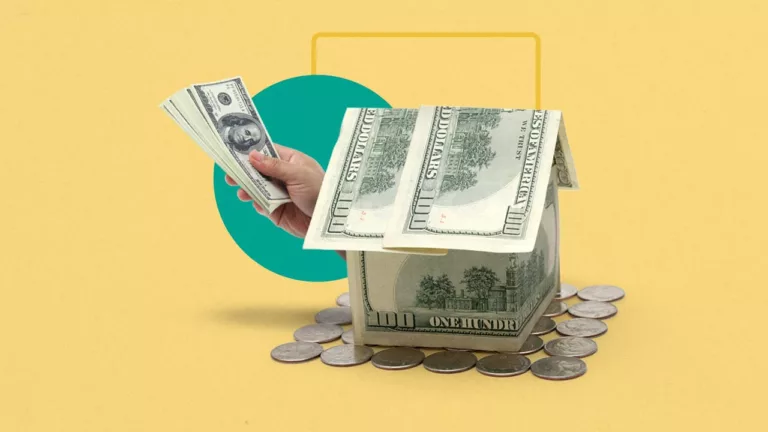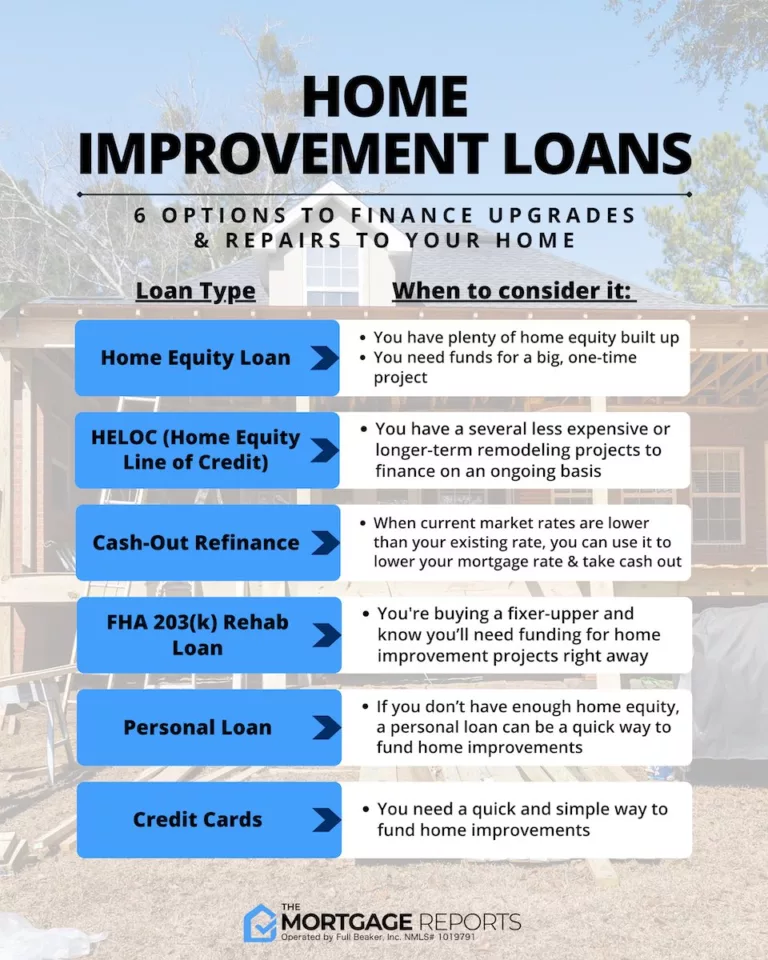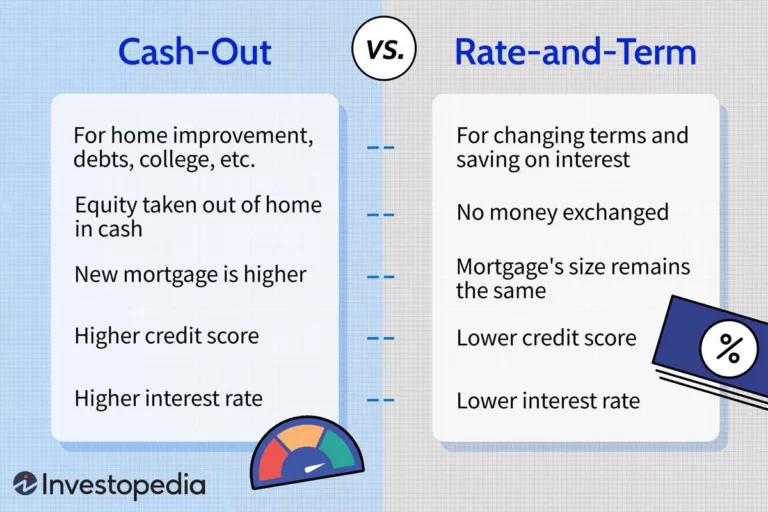How to Eliminate Escrow: Unlocking Your Mortgage Freedom
To remove escrow from your mortgage, contact your lender and submit a formal request stating your intention to opt out of the escrow account. Are you considering removing escrow from your mortgage?
Escrow accounts are established by lenders to collect funds for taxes and insurance. While they provide convenience, some homeowners may prefer to manage these payments themselves. If you desire greater control over your tax and insurance payments, removing escrow from your mortgage could be an option worth exploring.
We will outline the steps you can take to remove escrow from your mortgage and provide valuable insights to help you make an informed decision. Read on to discover more about this process and its potential impact on your homeownership journey.

Credit: www.financiallyintentional.com
Understanding Escrow
What Is Escrow?
Escrow refers to a financial arrangement where a third party, typically a company or an agent, holds funds or assets on behalf of two parties involved in a transaction. In the context of a mortgage, escrow is a separate account managed by the lender to collect and disburse funds for property-related expenses.
The Purpose Of Escrow
The primary purpose of escrow in a mortgage is to protect both the lender and the borrower’s interests by ensuring that necessary expenses related to the property are paid in a timely manner. These expenses typically include property taxes, homeowner’s insurance, and mortgage insurance. By collecting a portion of these costs each month, the lender can ensure that the funds are available when they are due.
Pros And Cons Of Escrow
Pros:
- Convenience: Escrow provides convenience by allowing you to make smaller monthly payments toward property expenses, rather than paying a large lump sum when the bills are due.
- Financial Security: By managing the escrow account, the lender ensures that essential payments, such as property taxes and insurance premiums, are made on time, reducing the risk of penalties, late fees, or even foreclosure.
- Budgeting: Escrow allows for easier budgeting since predictable amounts are set aside each month for property-related expenses.
- Simplicity: Escrow provides a simplified process for managing property expenses, eliminating the need to track individual due dates and make separate payments.
Cons:
- Less Control: Having an escrow account means you are giving up control over your property expenses. The lender determines how much to collect each month, and if there are changes in taxes or insurance, your monthly payment may increase.
- Opportunity Cost: The money held in the escrow account does not earn interest, so you miss out on potential investment opportunities.
- Overpayment: Sometimes, lenders might overestimate the amount needed for escrow, resulting in an overpayment. While you will eventually receive a refund, you are essentially giving an interest-free loan to the lender until that time.
- Complexity at Closing: When you close your mortgage loan, you may be required to deposit an initial amount into the escrow account, which can mean additional upfront costs.
Understanding the concept of escrow is crucial when navigating the mortgage process. While escrow provides convenience and financial security, it may also come with certain drawbacks, such as less control over your expenses and missed investment opportunities. It’s important to evaluate your personal financial situation and preferences before deciding whether to include an escrow account in your mortgage.
Challenges Of Escrow
Removing escrow from a mortgage can be challenging. However, with proper knowledge and guidance, it is possible to navigate through the process. Learn about the steps and requirements involved to successfully remove escrow from your mortgage.
Lack Of Control
Escrow is a common practice in the mortgage industry, where a third party holds funds for the payment of property taxes and insurance on behalf of the homeowner. While escrow can offer convenience and peace of mind, it also comes with its fair share of challenges. One major drawback is the lack of control that homeowners experience when their money is held in escrow. With this arrangement, you have little say over how your funds are managed, leaving you at the mercy of the escrow agent or lender. This lack of control can be frustrating for individuals who prefer to have a more hands-on approach to their finances.Financial Burden
Another challenge of having an escrow account is the financial burden it can create. When you are required to have an escrow account, your monthly mortgage payment will typically include funds for property taxes and insurance. While this can provide a convenient way to budget for these expenses, it also means that you are paying a lump sum rather than having the flexibility to make smaller, more manageable payments throughout the year. This financial burden can be especially challenging for those on tight budgets or struggling to meet other financial obligations.Limited Investment Opportunities
Escrow accounts often restrict your access to funds that could otherwise be invested for potential growth. By having your money tied up in escrow, you miss out on potential opportunities to earn interest or invest in other assets. This limitation can be frustrating for individuals who are looking to maximize their financial portfolio and take advantage of various investment options. As a result, many homeowners may seek to remove escrow from their mortgage in order to gain more control over how their money is allocated and pursue alternative investment strategies. In conclusion, escrow accounts within mortgages present a variety of challenges for homeowners. The lack of control, financial burden, and limited investment opportunities associated with escrow can be frustrating for those seeking more autonomy and flexibility in their financial decisions. However, it is important to carefully consider the advantages and disadvantages of removing escrow before making a final decision.Strategies To Eliminate Escrow
Removing escrow from your mortgage can provide you with greater control over your finances and save you money on unnecessary fees. By employing a few clever strategies, you can eliminate escrow and gain the flexibility you desire. In this article, we will explore three effective methods to remove escrow from your mortgage: increasing down payment, refinancing the mortgage, and canceling private mortgage insurance.
Increasing Down Payment
If you’re looking to eliminate escrow from your mortgage, one strategy to consider is increasing your down payment. By putting down a larger sum of money upfront, you demonstrate to your lender that you are a less risky borrower. This can convince your lender to waive the escrow requirement, as they’ll have greater confidence in your ability to manage your financial obligations responsibly.
By increasing your down payment, you not only eliminate the need for escrow, but you also reduce your monthly mortgage payment and potentially avoid private mortgage insurance. This method requires some financial planning and saving, but it can provide significant long-term benefits. Remember, a higher down payment means a lower loan-to-value ratio, which generally leads to better loan terms and conditions.
Refinancing The Mortgage
If you currently have an escrow account and wish to remove it, refinancing your mortgage presents another viable option. When you refinance your mortgage, you pay off your existing loan and replace it with a new one, ideally with more favorable terms. During this process, you can negotiate with your new lender to eliminate the escrow requirement.
Refinancing your mortgage not only removes escrow, but it also allows you to benefit from lower interest rates, potentially reducing your monthly payment. Before pursuing this strategy, it is essential to evaluate the costs associated with refinancing, such as closing fees and interest rate changes. Consider reaching out to multiple lenders to compare offers and find the best refinancing solution that aligns with your financial goals.
Canceling Private Mortgage Insurance
Another method to eliminate escrow from your mortgage is by canceling private mortgage insurance (PMI) once your loan-to-value ratio reaches a certain threshold. PMI is typically required when your down payment is less than 20% of the home’s purchase price.
To remove PMI, you will need to prove to your lender that your loan balance is below 80% of the property’s appraised value. This can be achieved by making additional payments towards the principal, leveraging home improvements that increase your property’s value, or scheduling a new appraisal to reflect the home’s appreciation. Once the necessary requirements are met, you can request the cancellation of PMI, which in turn eliminates the escrow requirement.
When employing this strategy, it’s crucial to stay informed about your lender’s specific guidelines for canceling PMI. Understanding the necessary steps can help you successfully eliminate escrow and save on unnecessary insurance costs.

Credit: www.facebook.com
Building Equity And Financial Stability
Building equity and achieving financial stability are common goals for homeowners. One way to accomplish these goals is to remove escrow from your mortgage. Escrow is an account set up by the lender to hold funds for property taxes and insurance. While escrow provides convenience, removing it can offer several advantages. In this blog post, we’ll explore three strategies to help you build equity and financial stability without escrow.
Accelerating Mortgage Payments
Accelerating your mortgage payments can be an effective method to build equity and achieve financial stability. By making extra principal payments each month, you can reduce the amount of interest paid over the life of the loan and shorten the repayment period.
- Make an additional payment each year: By making one extra payment per year, you can significantly reduce the length of your mortgage. This can save you thousands of dollars in interest payments.
- Bi-weekly payments: Instead of making monthly payments, make bi-weekly payments. This results in 26 half-payments per year, which is equivalent to making 13 full payments. This strategy can help you pay off your mortgage faster.
Home Improvements And Appreciation
Investing in home improvements can not only make your living space more comfortable but can also increase the value of your property over time. By making strategic upgrades, you can take advantage of home appreciation and build equity without relying on escrow.
- Focus on high-impact projects: Renovations such as kitchen upgrades, bathroom remodels, or adding a deck can have a significant impact on your home’s value.
- Regular maintenance: Keeping your property in good condition not only improves its value but also prevents costly repairs in the future.
Investing In Rental Properties
Investing in rental properties can be a lucrative way to build equity and achieve financial stability. By generating rental income, you can use the profits to pay down your mortgage and build equity faster.
- Research the rental market: Before investing, thoroughly research the rental market in your area to determine the demand and potential rental income.
- Create a budget: Calculate all expenses involved in owning a rental property, including mortgage payments, taxes, insurance, and maintenance costs.
- Consider hiring a property management company: If you prefer a hands-off approach, hiring a property management company can help you handle day-to-day operations and ensure a steady rental income stream.
Essential Considerations
Removing escrow from your mortgage is an important decision that requires careful consideration. Before taking any steps towards this process, it is crucial to assess the risks involved, consult with professionals, and maintain a solid financial plan. By understanding these essential considerations, you will be well-prepared to navigate the complexities of removing escrow from your mortgage.
Risk Assessment
Evaluating the risks associated with removing escrow from your mortgage is a crucial first step. By conducting a thorough risk assessment, you can make an informed decision and avoid potential financial pitfalls. Consider the following:
- Can you confidently manage your own property taxes and insurance payments without relying on escrow?
- Will you be able to timely and accurately make these payments on your own?
- What are the potential consequences if you miss or make late payments?
- Do you have enough money saved to cover unexpected expenses related to taxes or insurance?
By assessing these risks, you can determine if removing escrow aligns with your financial capabilities and risk tolerance.
Consulting With Professionals
When it comes to such a significant financial decision, seeking guidance from professionals is key. Consulting with a mortgage advisor or a knowledgeable real estate attorney can provide you with valuable insights and expert opinions. These professionals can help you understand the legal implications, tax considerations, and potential financial ramifications of removing escrow from your mortgage. They can also guide you through the necessary paperwork and ensure that you meet all regulatory requirements.
Maintaining A Financial Plan
Removing escrow means taking on additional responsibility for managing and making timely payments for property taxes and insurance. Therefore, it’s essential to maintain a robust financial plan that encompasses these expenses. Here are some steps to consider:
- Analyze your monthly budget and ensure that you have enough funds to cover property taxes and insurance premiums.
- Establish a separate savings account dedicated to these expenses, so you always have sufficient funds available.
- Set up reminders or automatic payments to avoid late fees or penalties.
- Regularly review your financial plan to adapt to changes in property taxes and insurance rates.
By maintaining a solid financial plan, you can confidently handle the additional responsibilities that come with removing escrow.

Credit: m.facebook.com
Frequently Asked Questions On How To Remove Escrow From Mortgage
How Do I Write A Letter To Remove Escrow From My Mortgage?
To remove escrow from your mortgage, simply follow these steps: 1. Review your mortgage agreement. 2. Contact your loan servicer to inquire about removing escrow. 3. Prepare a formal request letter explaining your reasons for wanting to remove escrow. 4. Include any required documentation, such as proof of insurance or tax payment history.
5. Submit the letter to your loan servicer and follow up to ensure its receipt and processing.
Can A Borrower Cancel An Escrow Account?
Yes, a borrower can cancel an escrow account. They can contact their lender and request to cancel the account.
Can I Lower My Escrow Payment?
Yes, it is possible to lower your escrow payment. Contact your mortgage servicer to discuss options like reassessing your property’s value, reducing your property tax or insurance costs, or reviewing your mortgage terms. Adjustments can help lower your escrow payment, but be aware of any potential impact on your overall mortgage payment.
Does Escrow Ever Go Away?
Escrow can go away once its purpose is fulfilled, such as when a transaction is successfully completed or a contractual agreement is met.
Conclusion
Removing escrow from your mortgage can provide you with more control over your finances. By understanding the process and requirements, you can confidently pursue this option. Remember, it is essential to communicate with your lender and fully understand the implications before making a decision.
Ultimately, taking the necessary steps to remove escrow can lead to greater financial flexibility and peace of mind.




